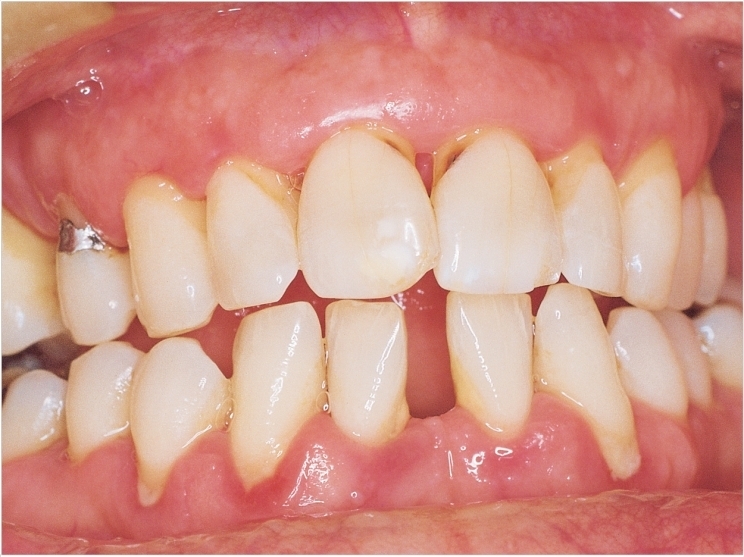
Researchers at Malmö University in Malmö, Sweden, say they have found a clear link between periodontitis, calcification of the carotid artery, and heart disease. Consequently, they say that dental and healthcare providers need to work more closely together.
Conducted by doctoral student Viveca Wallin Bengtsson, the research forms part of the Swedish National Study on Aging and Care (SNAC), which aims to identify the need for care in the older population over time. The study found that older people with periodontitis are at an increased risk of dying compared to those without periodontitis.
“It is clear that people with periodontitis are more likely to develop cardiovascular diseases and also have an increased risk of dying,” said Wallin Bengtsson.
While working as a dental specialist, Wallin Bengtsson has studied the relationship between atherosclerosis and periodontitis and whether calcification seen in X-rays over 13 years are associated with the onset of stroke and/or cardiovascular diseases.
Wallin Bengtsson also explored whether individuals with periodontitis were at greater risk of ischemic stroke or death during a follow-up period of 17 years. Her study, then, focused on people age 60 and older living in the Karlskrona area, which is the only location where SNAC monitored dental services.
Using panoramic dental X-rays, Wallin Bengtsson examined the presence of calcification and bone levels around the teeth.
“Being able to conduct such long-term follow-up studies is rather unique,” Wallin Bengtsson said.
In addition to older people with periodontitis facing increased risks of dying, Wallin Bengtsson found that those with the disease also are more likely to have calcification of the carotid artery, which is linked to cardiovascular diseases. People with periodontitis also are at increased risk for ischemic heart diseases over time, she found.
Wallin Bengtsson also emphasized the importance of dentists carefully analyzing panoramic X-rays since the inflammation that occurs in connection with periodontitis can lead to fat deposits and plaque in other areas of the body.
“The mouth is a vital part of our body. Dental and healthcare services must therefore work more closely together. When calcification is detected by X-ray, the patient must be informed and referred to the healthcare services for further investigation,” she said. “Furthermore, a closer collaboration would lead to improved preventive dental care.”
Related Articles
Inflammation May Tie Obesity and Periodontitis Together
Remember Links to Periodontitis on World Diabetes Day
Periodontitis May Indicate Risk of Cognitive Decline











